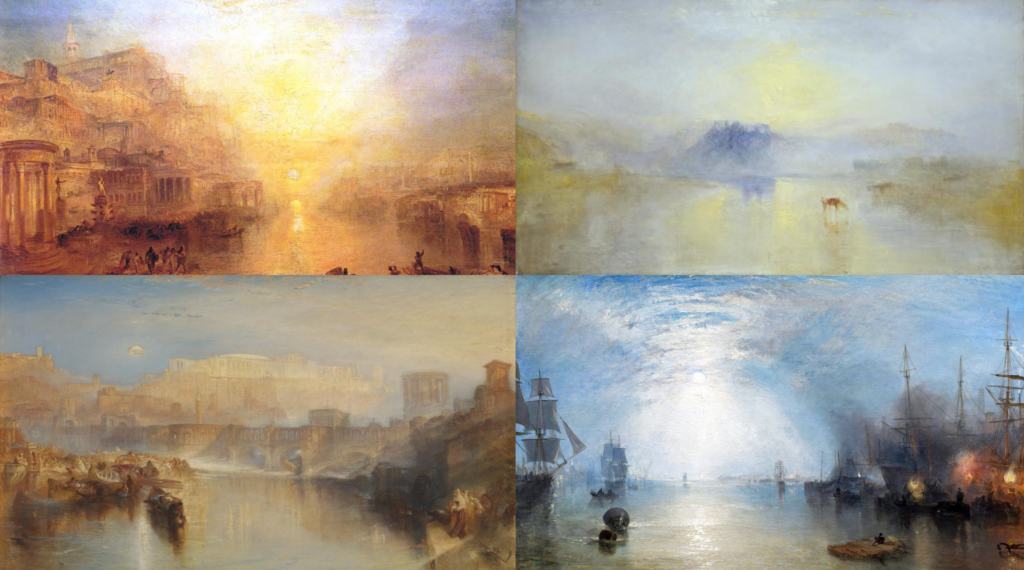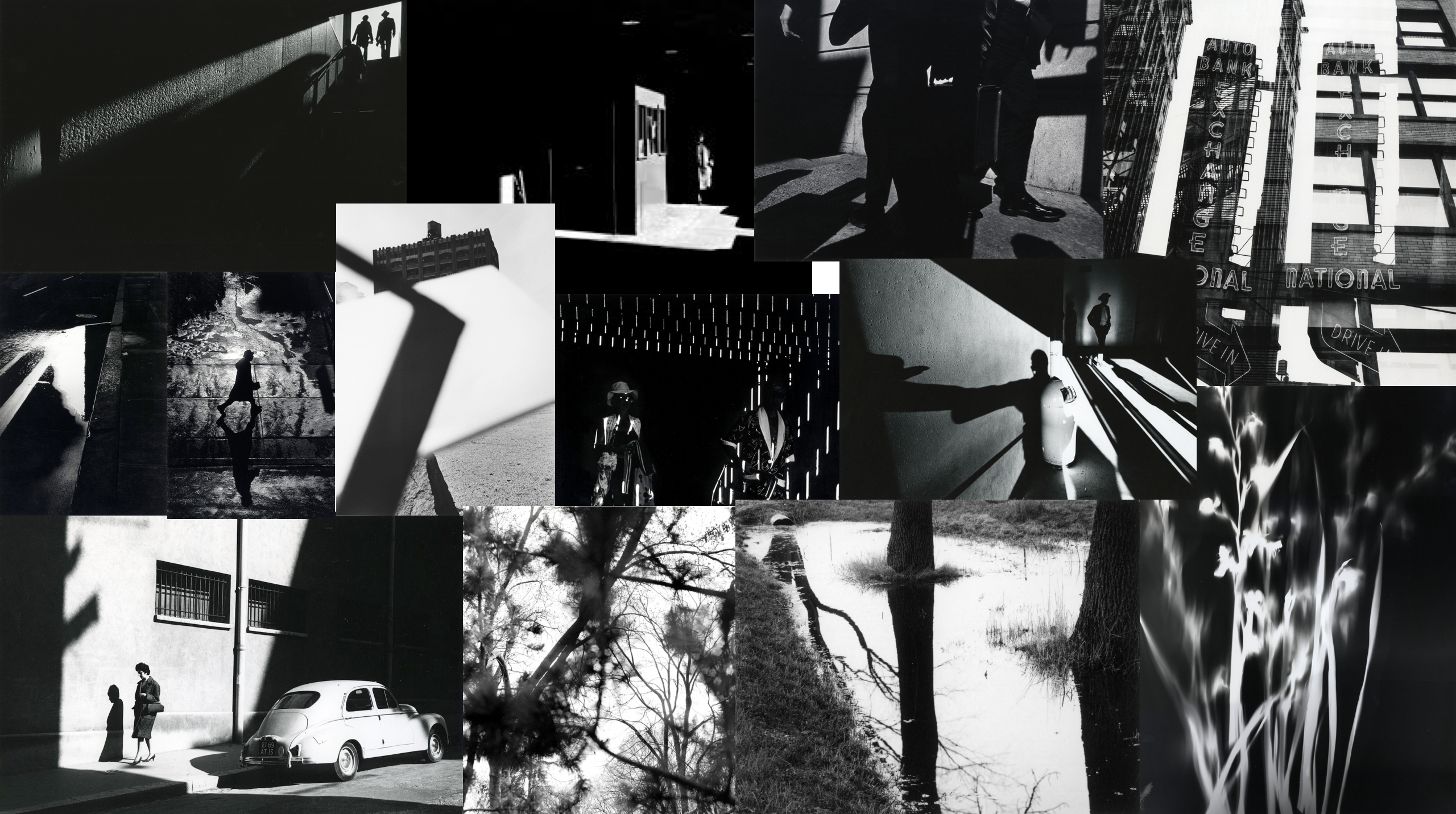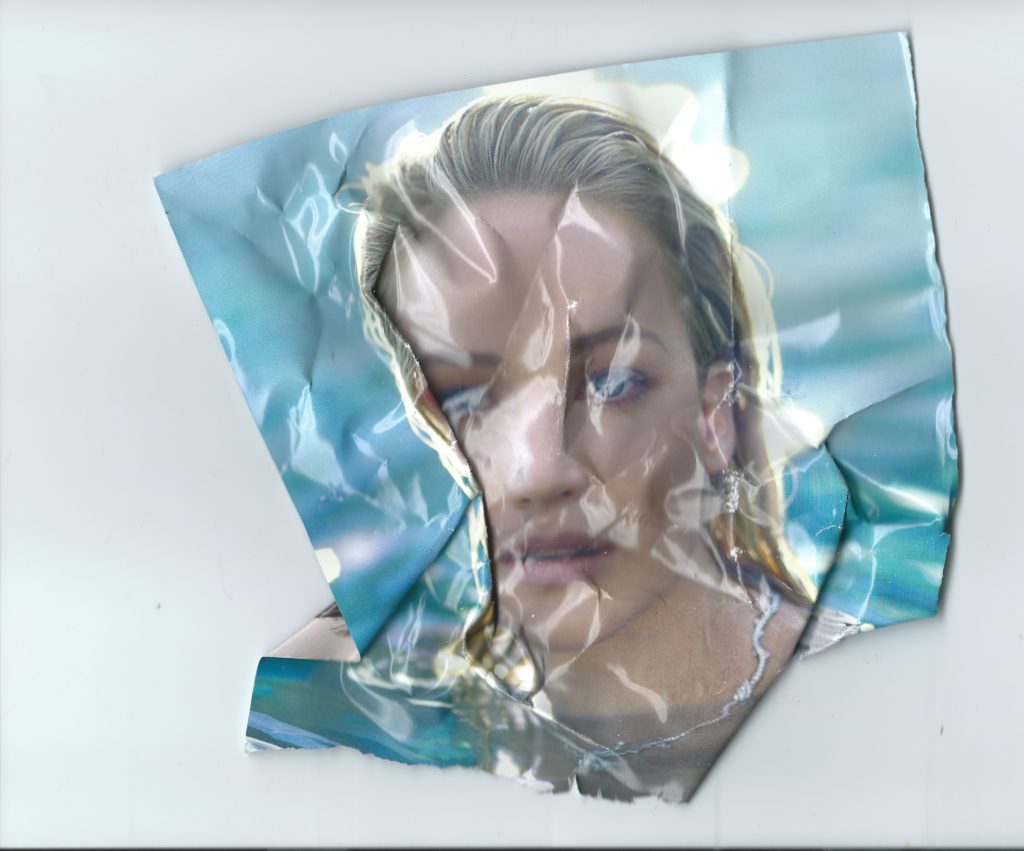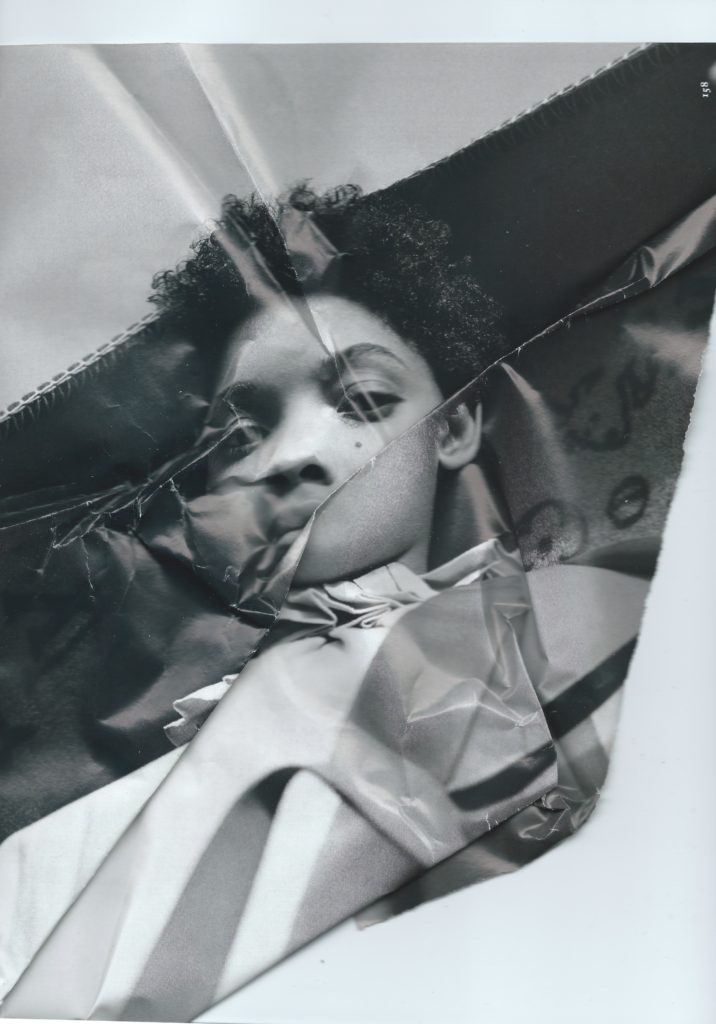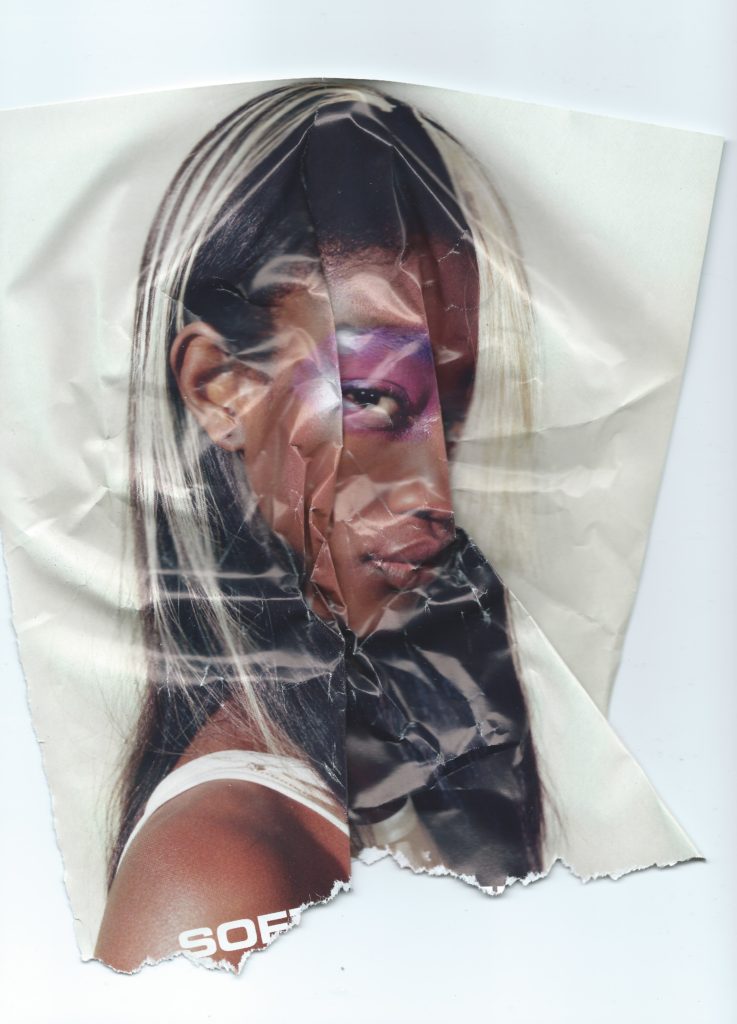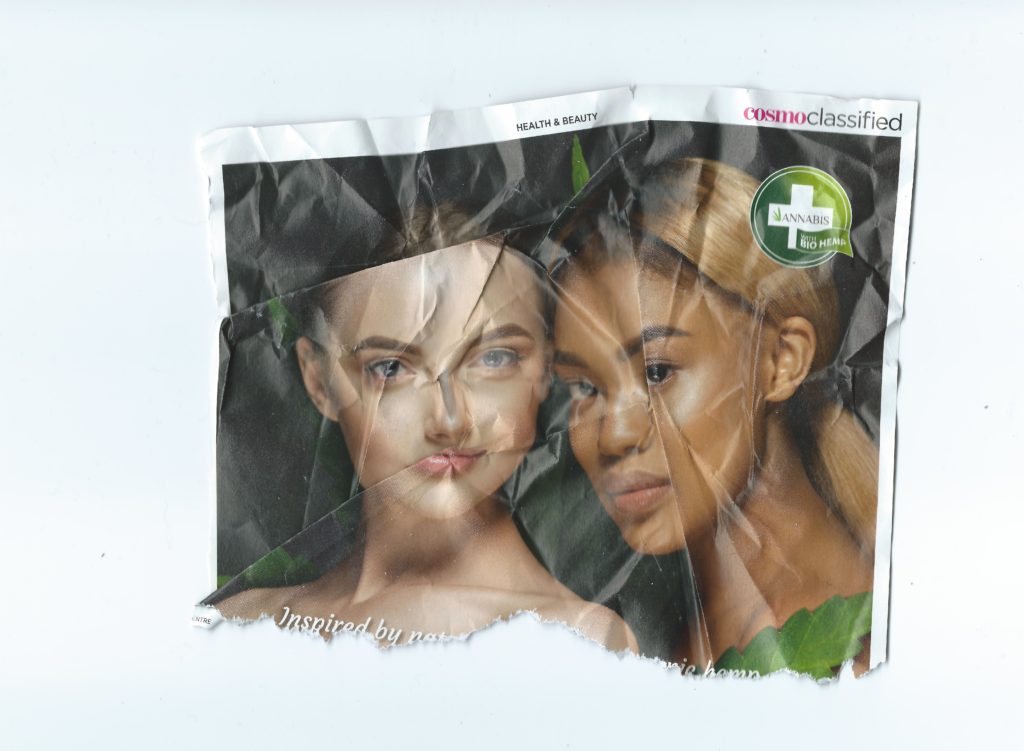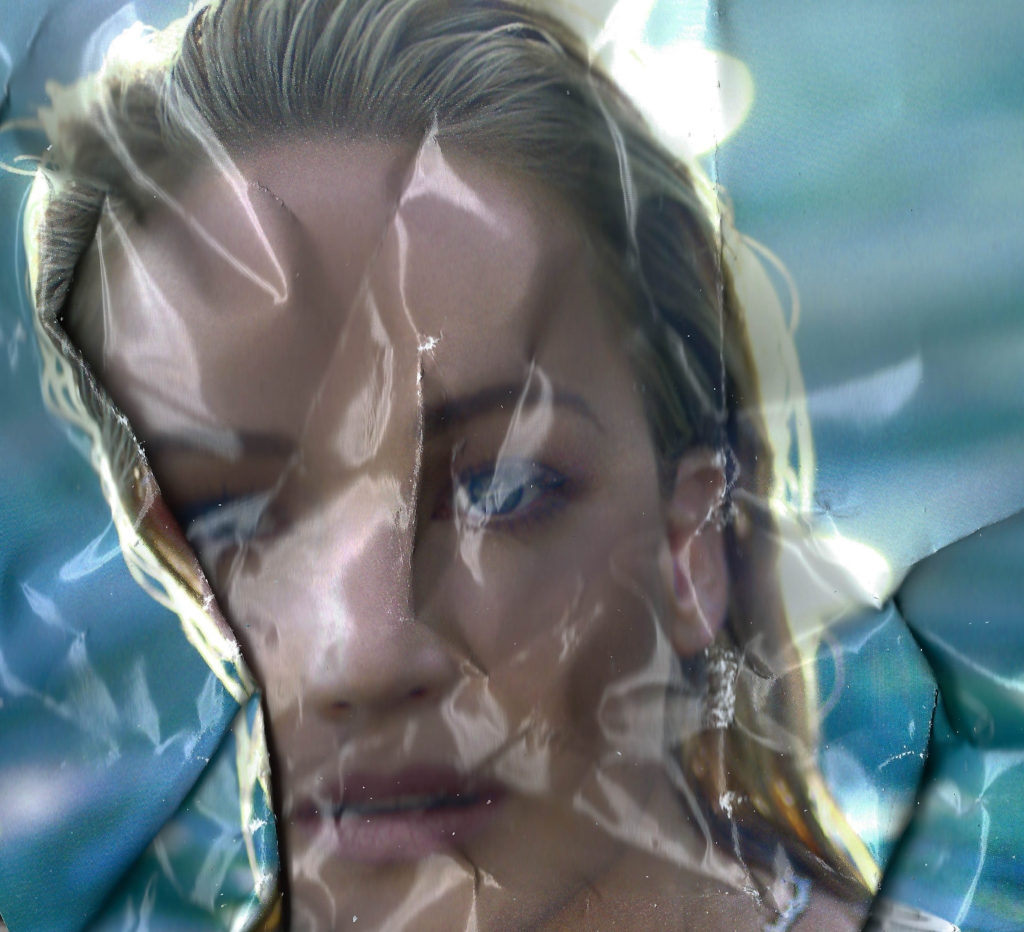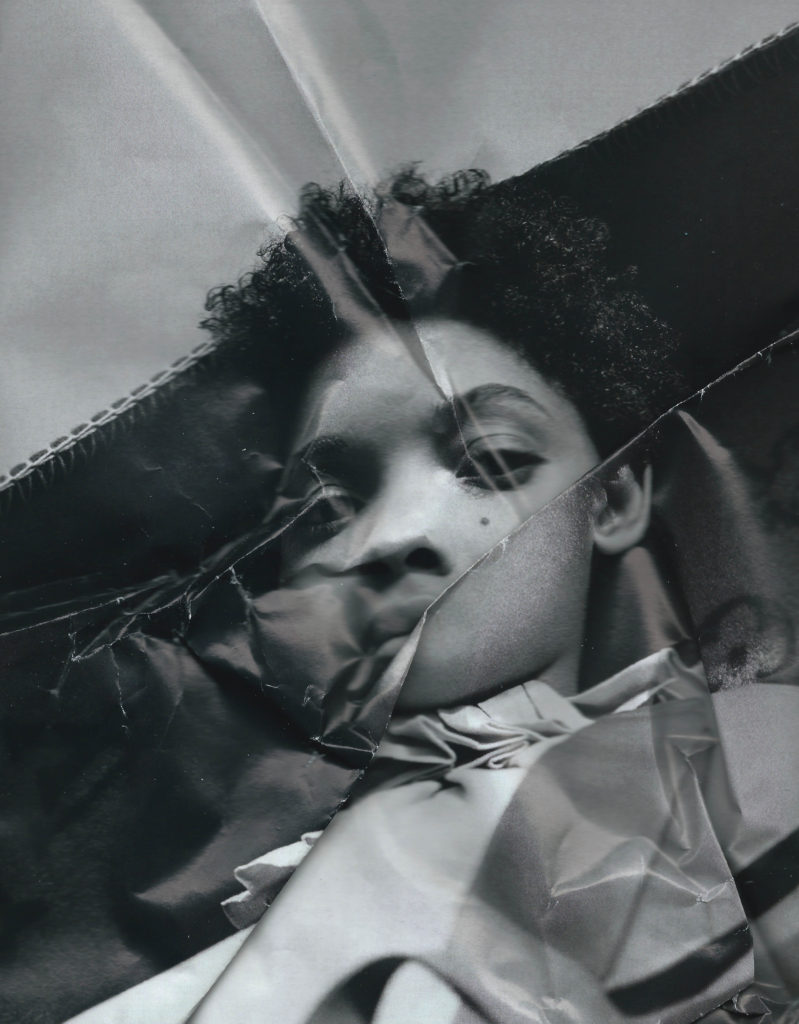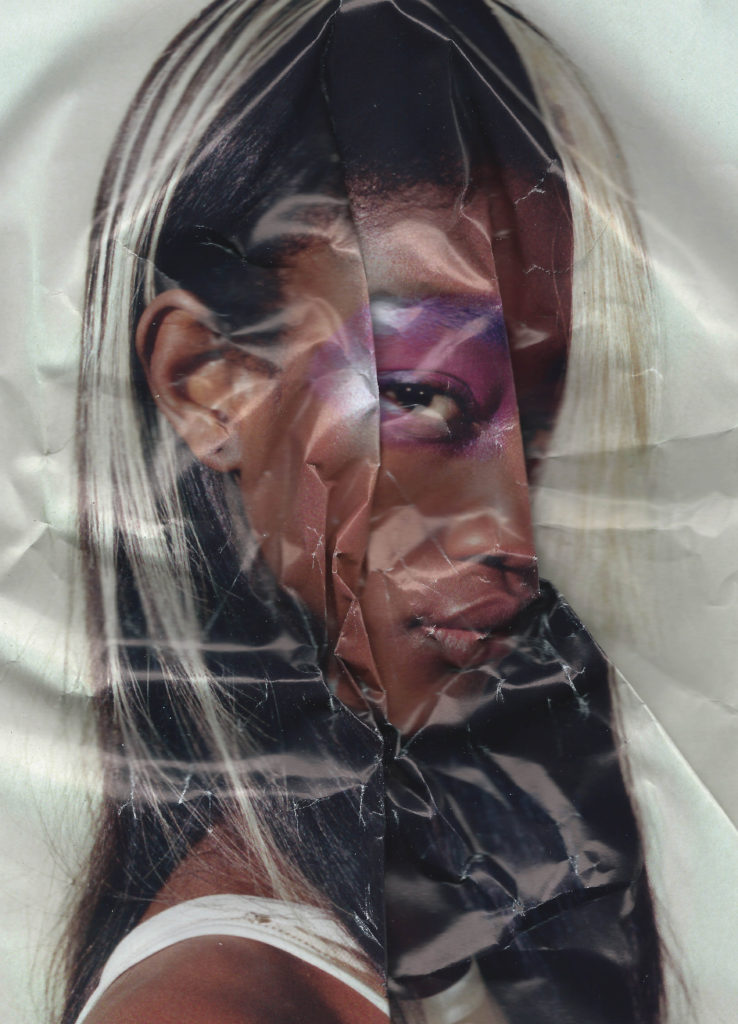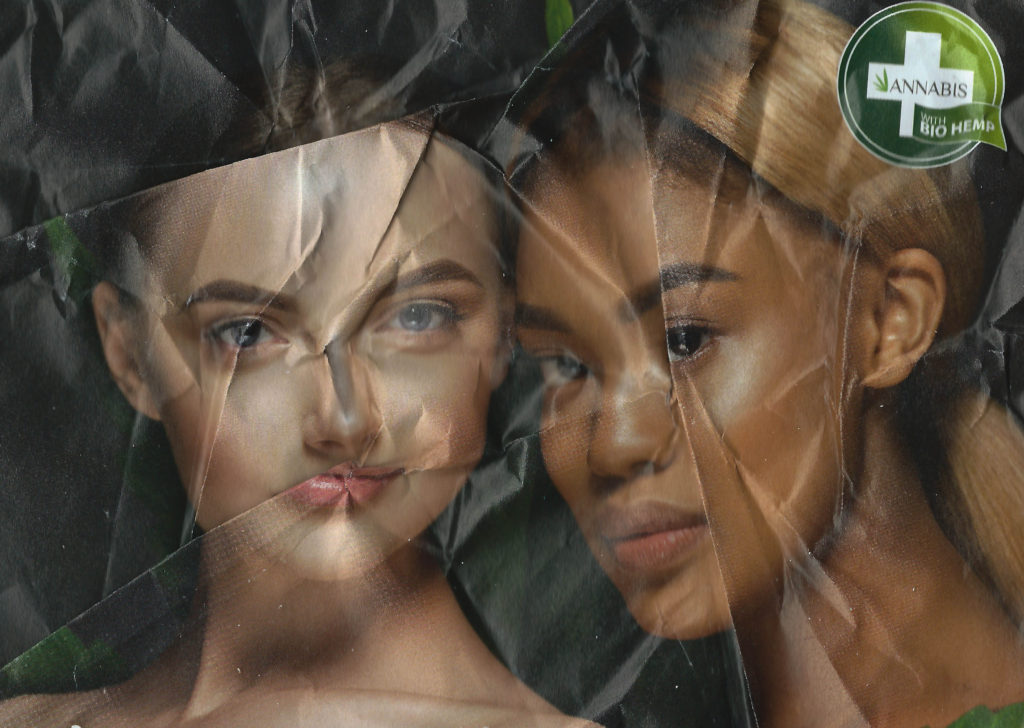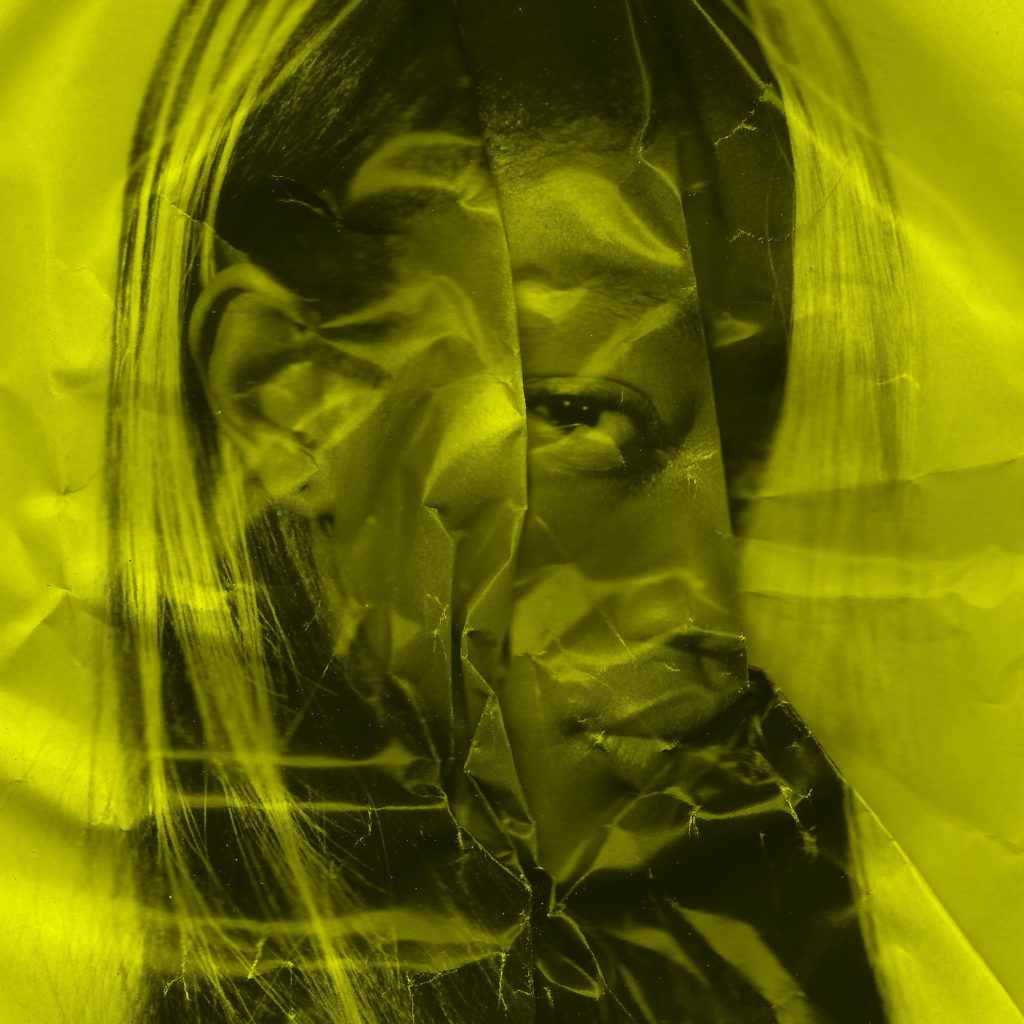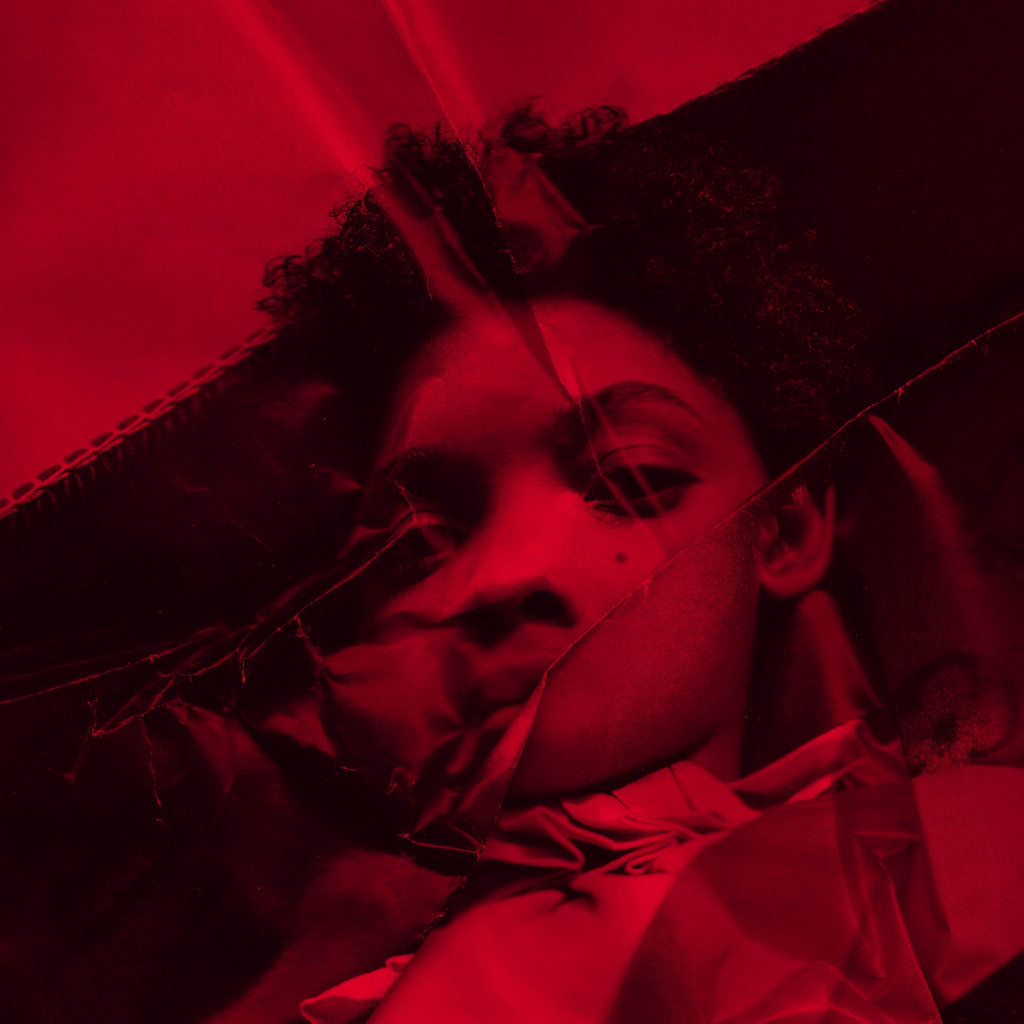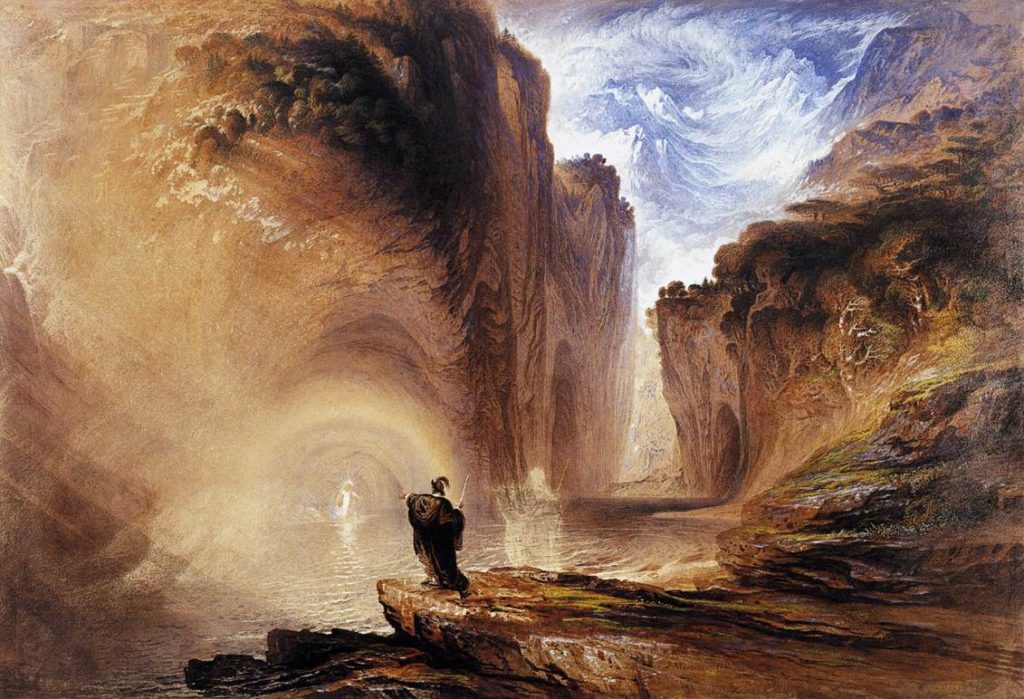How well have ideas developed?
I have developed my ideas well by adding more inspirations from artists to influence my final shoots. I have started with the idea of sunlight, but have added on the idea that I wanted to explore light in general, as well as exploring its opposite of darkness to communicate the variance of these 2 everyday factors of life, as well as the similarity of how light and darkness can interact to produce similar effects that will be shown throughout my photoshoots.
Are ideas explored and selective appropriate to intentions?
My ideas have not yet been explored thoroughly; I have experimented with repetition of doors and windows – these 2 shoots were produced from the influence of the Becher’s and their typology approaches. However, I need to experiment with my specification ideas and start to focus on the shoots I have planned – (blog post on planning of shoots).
Are they sustained and focused?
My ideas are sustained and focused as I have researched artists to back up my evidence of where I want my photography exam project to follow.
Are they reviewed and refined?
My ideas are reviewed and reflected as I have followed on from my main idea of ‘sunlight’. I did a lot of research on the Sun and Jersey’s relation to the Sun, and the art movement romanticism and how this links to my project due to its beauty. Yet, I have refined my ideas to light vs darkness, using studio photo shoots as well as outside, natural sunlight shoots within nature etc. This is to make my project more varied so I can explore many different factors within lightness and darkness.
How many responses/ shoots?
So far, I have only done 1 experiment shoot to explore the idea of repetition. However, I have been planning on my other shoots to show my ideas. I am planning on doing a good amount of shoots, investigating sunlight, artificial light, shadows, variance of light and dark tones within nature, seascapes and people.
Command of camera skills/ photographic techniques and processes
I am planning on using my camera to take my other photo-shoots. I am going to experiment within my shoots by adjusting the ISO and white balance etc to whatever lighting I am in.
Understanding of composition/ considering quality of light
I will make sure I photograph my images from a variety of angles to make sure I can gain the best images possible from my shoots into light and darkness. This is also to ensure that my images are better in terms of lighting; I want to be able to have a perfect image so that when it comes to the editing process, I can adjust whether I want my images to be lighter or darker.
What are the overall quality of the images?
So far, I have only done one photo-shoot but the quality of these images were high as I made sure the composition of my images were all from a face on perspective, and were edited and cropped carefully.
How do they respond to research?
I have conducted research on Kanghee Kim, the sun and Jersey’s relation to the sun. I will respond to this research in further shoots. However I have already responded to the Becher’s typology images with my typology of doors and windows. I am planning on making a research blog post on romanticism and an artist from that movement, (J W Turner), and other artists such as Ray K Metzer, Viviane Sassen and Rinko Kawauchi that are giving me inspirations to take my photos.
How do they relate to artists references?
My images so far relate to artist references as I have also done a ‘play’ shoot with links to John Baldessari, as well as my doors and windows shoots which links to Bernd and Hilla Becher.
How do the interpret exam theme?
Bernd and Hilla Becher interpret the exam theme because they are taking images of similar types of building from the same viewpoints, where all the images are the same format (black and white), yet all the buildings are varied as they all come in different layouts but share similar characteristics such as the shapes of the buildings within 1 typology and the structure of them. John Baldessari interprets the exam theme as he is experimenting with how play is a similar thing that everyone does at some point, yet it can be so varied in how people interpret the meaning of play; everyone plays differently.



